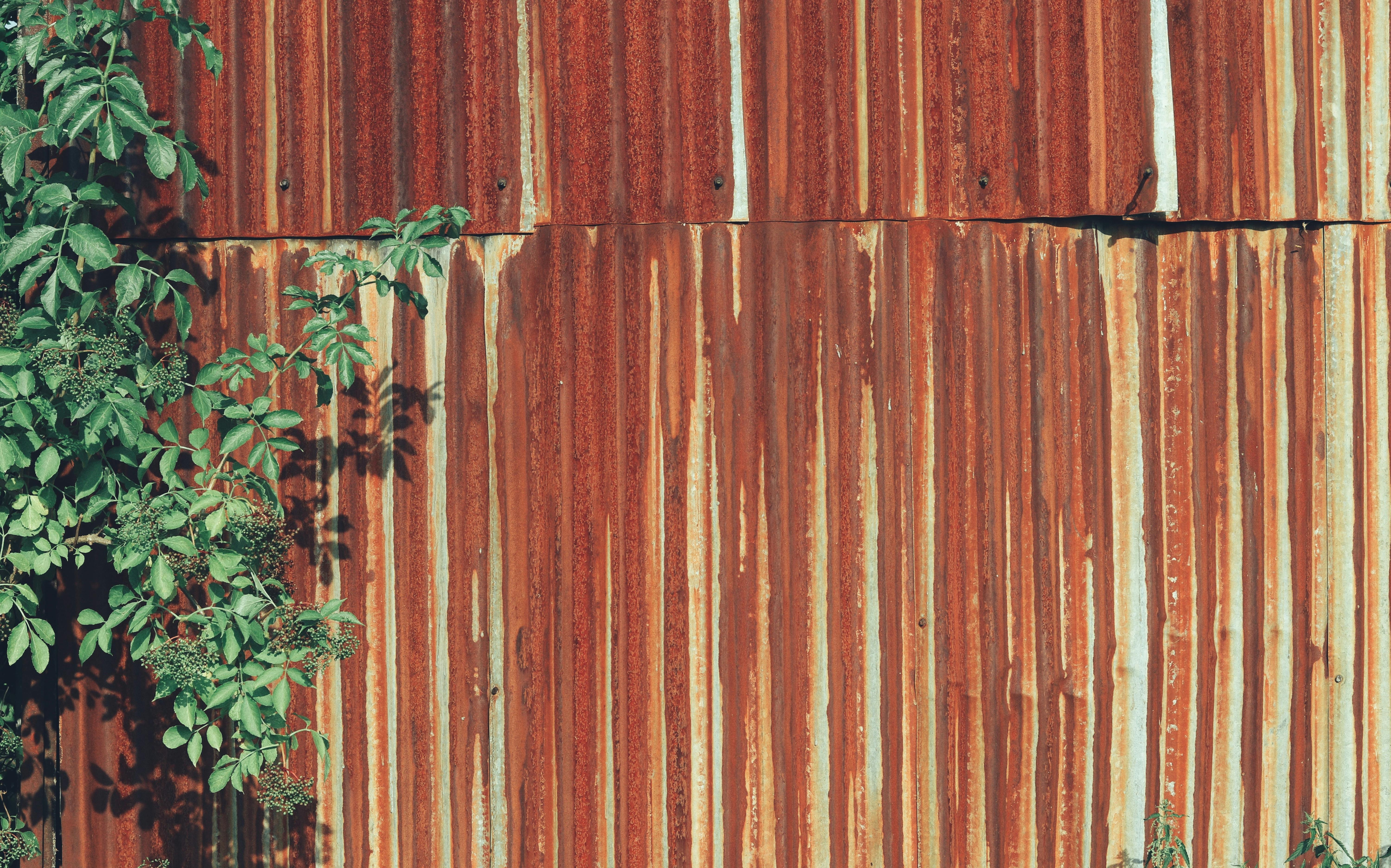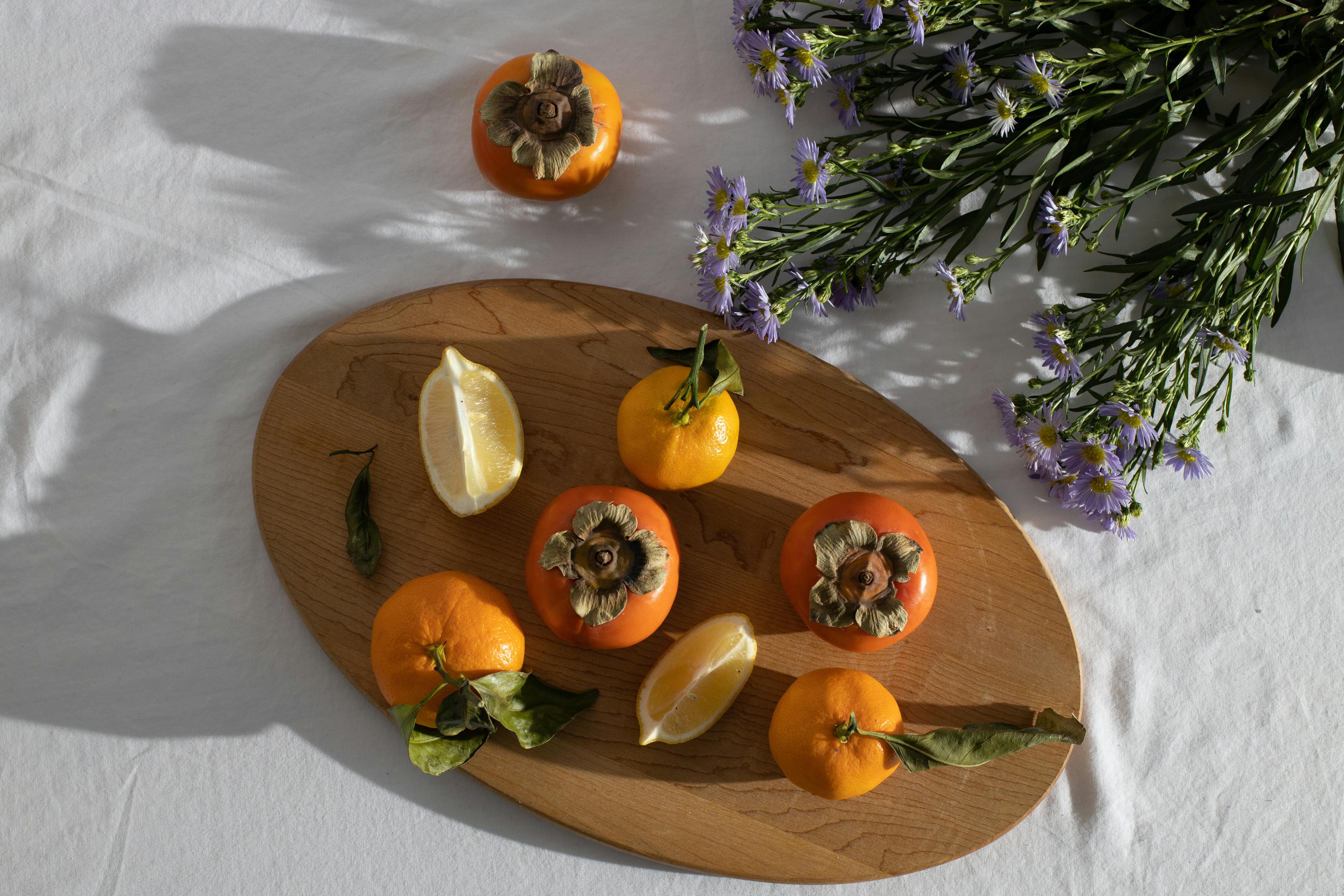Elderberry cuttings are a great way to grow your own elderberry shrubs. Planting elderberry cuttings is a simple and rewarding task for gardeners of all levels. By taking new cuttings from existing plants, you can propagate your own elderberries quickly and easily. This guide will provide you with all of the steps necessary to successfully plant elderberry cuttings.Preparing to plant elderberry cuttings is an easy process that requires a few simple steps. First, make sure you have the right tools and supplies on hand, including a sharp knife, pruning shears, rooting hormone powder, and clean planting containers. Next, select healthy cuttings from an existing elderberry bush that are approximately 12 inches in length and cut them just below the bottom node or bud. Immediately dip the lower end of each cutting into rooting hormone powder before planting in a container filled with moistened potting soil. Place several cuttings in each container and water lightly to settle the soil around them. Finally, place the containers in a warm location with indirect sunlight and keep the soil moist until roots have developed.
Gathering Supplies Needed for Planting Elderberry Cuttings
When planting elderberry cuttings, it is important to make sure you have all the supplies needed beforehand. This includes a shovel, pruning shears, rooting hormone, garden hose, and potting soil. The shovel will be used to dig the hole in which the cutting will be planted. Pruning shears will help you make clean and precise cuts when trimming off any damaged or dead growth from the cutting. Rooting hormone can help promote root development and increase the chances of successful propagation. A garden hose with a spray nozzle should be used to thoroughly water the cutting after planting. Lastly, potting soil should be used as it is light and well-draining, allowing for optimal root growth.
It is also important to keep in mind that elderberry cuttings typically require more water than other plants. Therefore, it may be necessary to water your cutting often during its early stages of development. Additionally, if your area has excessive summer heat or cold winter temperatures, a plastic sheet should be placed over the top of the hole when planting in order to protect your cutting from extreme temperatures. Having all these supplies on hand before beginning your planting project can help ensure a successful harvest!
Selecting an Ideal Location for Elderberry Cuttings
Elderberry cuttings can be a great way to propagate the shrub and ensure that it will thrive in its new location. When selecting a place to plant elderberry cuttings, there are several factors to consider. A spot that receives plenty of sunlight is ideal, as elderberries require at least six hours of direct sunlight per day in order to grow and produce fruit. The soil should also be well-drained and moist, so if the area is prone to standing water or flooding, it may not be the best choice for planting elderberry cuttings. Additionally, the soil should be amended with organic matter such as compost or manure to provide adequate nutrients for the shrub. Finally, elderberries do not tolerate strong winds well, so choose a location that is protected from gusty winds.
By taking these factors into account when selecting a location for elderberry cuttings, gardeners can ensure that their shrubs have the best chance for success in their new home.
Gathering Elderberry Cuttings
Gathering elderberry cuttings is a relatively simple process that can be done to propagate new plants. The first step in gathering elderberry cuttings is to select the healthiest and most vigorous shoots on the plant. When selecting shoots, look for ones that are between six and eight inches long and have several sets of leaves. It is best to gather the cuttings in late winter or early spring when the plant is dormant.
Once the shoots have been selected, use a sharp pair of pruning shears to cut them from the plant. Make sure to cut them at an angle so that more surface area is exposed for rooting. Remove any flowers or flower buds from the cutting as this will encourage them to focus their energy on root growth instead of producing fruit. Place the cuttings in a sealed container with some damp sphagnum moss or paper towel until ready for planting.
When it comes time to plant, make sure to use a potting soil that is well draining and contains plenty of organic matter such as aged compost or peat moss. Dig a hole in each pot about twice as deep as the length of the cutting, then insert it with half its length below the soil line. Firmly press down around it to ensure good contact between soil and cutting. Water thoroughly after planting and keep in a warm location with plenty of indirect sunlight until new growth appears. With some patience and care, your elderberry cuttings should take root and thrive!
Preparing the Elderberry Cuttings for Planting
Propagating elderberry plants from cuttings is an easy and rewarding way to grow this versatile shrub. To begin, select healthy, disease-free shoots that are 8-10 inches long and cut them off just below a node near the base of the stem. Remove any leaves from the lower half of the cutting, and dip the cut end into a rooting hormone. Place the cuttings into a pot filled with equal parts of peat moss and perlite, making sure not to bury any nodes or buds. Water well and cover with a plastic bag to create humidity until roots have developed. When roots are visible, remove the plastic bag and repot in individual containers filled with a good quality potting soil.
Elderberry cuttings can also be planted directly in the garden as soon as propagated. Make sure to choose a sunny site with ample space for growth as elderberries can reach up to 12 feet in height when established. Dig a hole twice as wide and deep as the cutting’s root ball. Place into hole, filling it with soil so that it is slightly higher than ground level when finished. Water thoroughly after planting and make sure to keep soil moist until roots are established. Prune back any unhealthy branches during early growing season in order to encourage healthy growth of remaining stems.

Soil Requirements When Planting Elderberry Cuttings
Elderberry cuttings should be planted in well-draining soil. The soil should have a pH between 6 and 7, as alkaline soils can cause iron deficiency. The soil should also be slightly acidic or neutral for optimal growth. It is important to ensure that the soil is free of weeds and other debris before planting elderberry cuttings. Adding compost or aged manure to the soil can improve drainage and provide essential nutrients for the elderberry plants. Additionally, the soil should be amended with plenty of organic matter, such as peat moss or compost, to help retain moisture and provide nutrients to the plants. Additionally, elderberries require plenty of sunlight in order to produce a good crop of fruit. If possible, plant the elderberry cuttings in an area that receives at least six hours of direct sunlight each day.
When planting elderberry cuttings, it is important to make sure that they are firmly planted in the ground so they will not move when watered or when exposed to windy conditions. The roots should be spread out evenly and covered with about 1-2 inches of soil. After planting, it is important to keep the area around the plants free from weeds and other debris by mulching or hand weeding regularly. In addition to providing nutrients and helping retain moisture in the soil, mulches also help prevent weeds from growing too close to the elderberry plants.
With proper care and maintenance, elderberry cuttings will quickly become established in their new environment and produce a bountiful crop of fruit each year.
Planting the Elderberry Cuttings Step-by-Step
The best way to propagate elderberry plants is by taking cuttings from existing plants. To do this, select shoots that are healthy and free of pests or diseases. Cut the shoots at a 45-degree angle, just below a leaf node, and ensure that each cutting is between 10 and 15 centimetres long. The cuttings should be taken from the current season’s growth; avoid using old wood as it will not root easily.
Next, dip the cut ends of the stem in rooting hormone powder or liquid to encourage root formation. Place the cuttings in a container filled with moistened potting mix, sand or vermiculite. Firmly press the mix around the base of the cutting and water lightly. Cover the container with plastic sheeting or a plastic bag to create a humid environment for rooting.
Place your container in indirect light and keep an eye on it over the following weeks. The rooting process can take up to six weeks so be patient! When you notice new growth, remove any plastic covering and continue to keep your elderberry cuttings moist but not wet until they are ready for transplanting.
Once your elderberry cuttings have developed healthy roots they can be transplanted into larger containers filled with soil. Take care when transplanting as damaging the roots could cause shock or even death to your new plants. Water well after transplanting and use mulch around your plants if desired.
That’s it – you’ve successfully propagated an elderberry plant! Continue caring for your new plant by providing adequate water, light and nutrients, and enjoy watching it grow into a mature elderberry bush that can provide you with delicious fruit for years to come!
Caring for Newly Planted Elderberry Cuttings
Caring for newly planted elderberry cuttings is a fairly straightforward process. After planting the cuttings in a prepared bed, the soil needs to be kept moist but not saturated. It is important to keep the soil moist, but too much moisture can damage the young roots of the cutting and cause it to die. Mulching around the base of the cutting can help keep moisture levels even and reduce evaporation from the soil. Additionally, providing shade for newly planted cuttings is also beneficial, as this helps to reduce moisture loss from direct sunlight and protect against temperature extremes.
Fertilizer should also be used sparingly when caring for newly planted elderberry cuttings, as too much can damage or kill them. Fertilizer should be applied in small amounts at regular intervals throughout the growing season. The type and amount of fertilizer used will depend on the variety of elderberry being grown and local conditions.
Finally, it is important to regularly inspect newly planted elderberry cuttings for signs of disease or pests. If any problems are noticed, they should be addressed quickly before they spread and cause serious damage to the plants. With proper care and attention, newly planted elderberry cuttings should thrive and eventually bear fruit.

Conclusion
Planting elderberry cuttings is a great way to start a new elderberry bush. It is easy, cost effective, and can provide a good harvest of elderberries each year. The process involves selecting healthy cuttings, planting them in well-draining soil, and then providing them with plenty of water and sunlight. With some patience and care, soon you will have an established elderberry bush that will provide you with years of delicious berries.
Elderberry bushes can be a great addition to any garden or landscape. They are hardy plants that produce delicious fruit each year and require minimal effort to maintain. Planting elderberry cuttings is an easy way to start your own bush with little effort and cost. With some patience and careful tending, you will be able to enjoy the fruits of your labor for many years to come!

